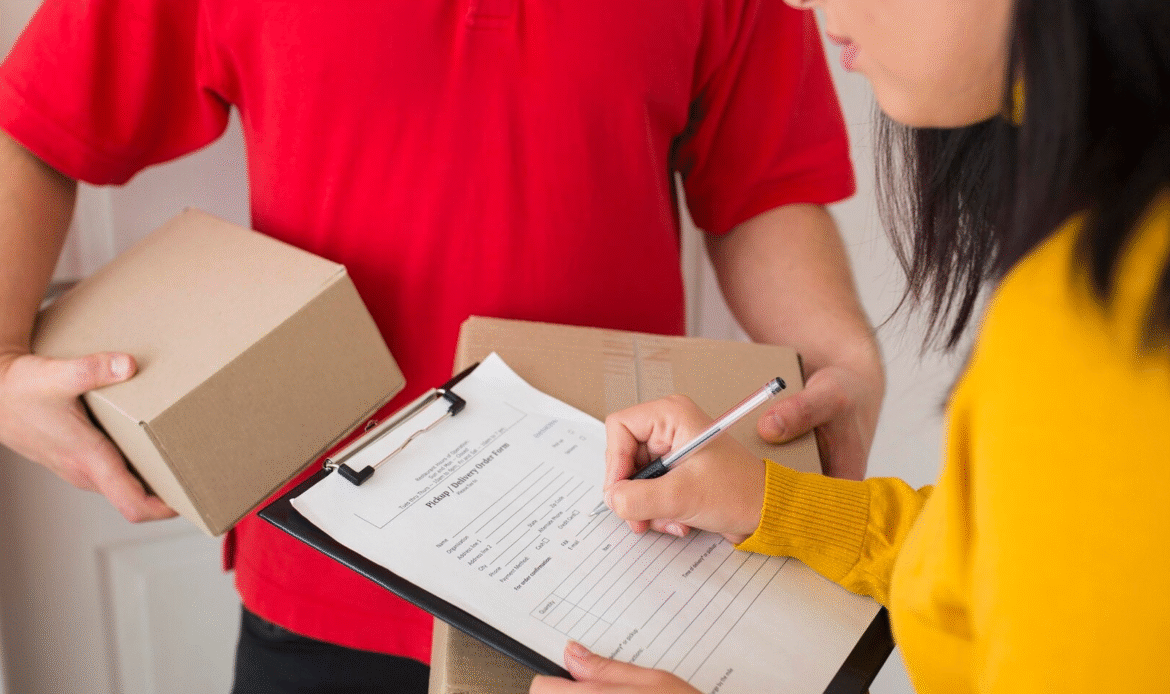Why Smart Fulfillment Matters for Scaling Ecommerce Brands
In 2025, fast and reliable fulfillment is not a luxury — it’s an expectation.
Consumers want lightning-fast delivery, seamless tracking, and painless returns.
As your ecommerce brand grows, fulfillment becomes the backbone of your customer experience and profitability.
This step-by-step checklist will help you build a bulletproof fulfillment operation that scales with your brand.
Step 1: Pre-Fulfillment Setup
Before you even start shipping products, you need a strong foundation.
Tasks to Complete:
- Set up an efficient order management system (OMS).
- Connect your ecommerce platform (Shopify, WooCommerce, BigCommerce) with backend fulfillment tools.
- Define your shipping policies clearly (domestic, international, express options).
- Establish standard operating procedures (SOPs) for order processing.
- Pro Tip: Use automation wherever possible to sync orders, update inventory, and notify customers automatically.
Step 2: Choosing Fulfillment Vendors
Your vendors can make or break your fulfillment operation.
How to Choose the Right Fulfillment Partner:
- Location of warehouses (close to customer clusters).
- Shipping speed options (2-day, overnight).
- Scalability (can they handle peak seasons?).
- Transparent pricing (storage, pick & pack, shipping rates).
- Technology integration (real-time tracking, dashboards).
Popular Fulfillment Providers in 2025:
- ShipBob
- Amazon Multi-Channel Fulfillment (MCF)
- Deliverr
- Flexe
- Checklist Tip: Always request SLAs (Service Level Agreements) before signing.
Step 3: Inventory & Returns Management
As order volume grows, so do inventory headaches if you don’t have strong systems.
Inventory Management Essentials:
- Use inventory management software (like Skubana, DEAR Systems, or TradeGecko).
- Set reorder points and safety stock thresholds.
- Use barcodes and SKUs for fast, error-free picking.
Returns Management Essentials:
- Create a customer-friendly returns policy.
- Set up a system to track and inspect returned items.
- Automate refund or exchange processes where possible.
- Pro Tip: A smooth returns experience boosts customer trust and lifetime value (LTV).
Step 4: Packaging, Delivery & Tracking Integrations
Presentation and tracking matter more than ever!
Packaging Best Practices:
- Use branded, eco-friendly packaging if possible.
- Include inserts like thank-you cards, discount codes, or product usage tips.
- Make unboxing part of the brand experience (especially important for social sharing!).
Delivery & Tracking Must-Haves:
- Integrate real-time tracking (Route, AfterShip) to offer customers updates.
- Offer multiple delivery options (standard, express, next-day).
- Provide proactive communication about delays or shipment issues.
- Final Touch: Send automated post-delivery follow-up emails asking for feedback or reviews!
Final Thoughts: Build Fulfillment that Fuels Growth
Ecommerce brands that win in 2025 are the ones who treat fulfillment as a strategic advantage, not just a backend task.
- Set up your systems before you scale.
- Choose fulfillment vendors who can grow with you.
- Manage inventory and returns like a pro.
- Make packaging and delivery an extension of your brand.
- When fulfillment works seamlessly, your customers keep coming back — and your brand keeps growing.
Ready to automate and accelerate your growth? Let’s upscale together on the Upsworth
Bret Lee
UI/UX Designer
It is a long established fact that a reader will be distracted by the readablcontent
of a page a when looking at its layout. The point of using Lorem Ipsum is that it
has a more-or less normal distribution of letters as opposed


